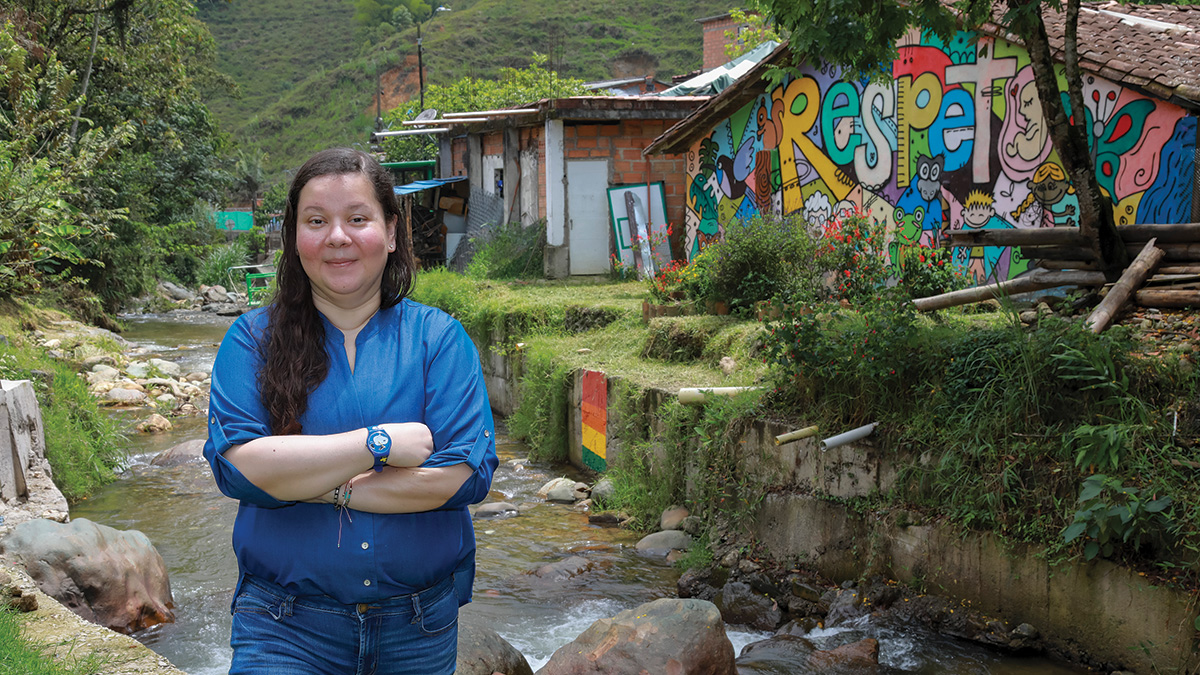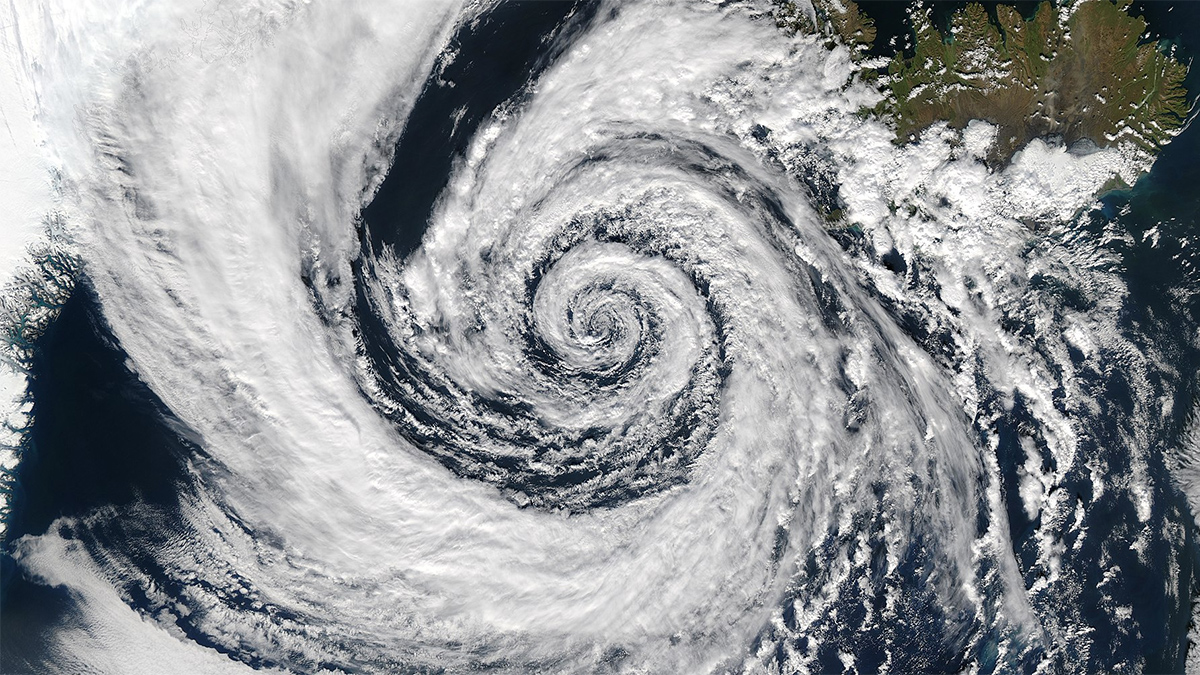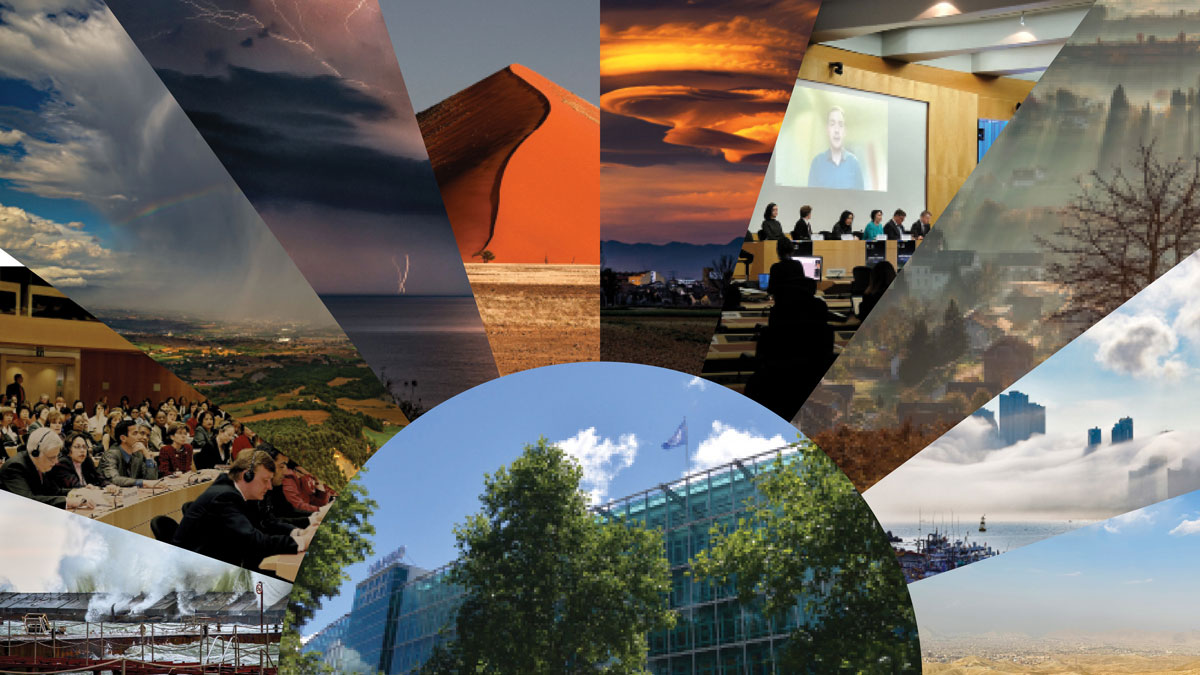A meteorologist puts her training into action to coordinate an early-warning system for flooding around Medellín, Colombia.
meteorology
River Recovery from Drought Can Take Years
Climate change has created increasingly volatile weather and a drier atmosphere, making it harder for rivers to recuperate after a drought.
AI Meets Its Match: The Butterfly Effect
Artificial intelligence algorithms fail to account for a key limitation in weather prediction.
Radar Tracks Unfortunate Creatures Trapped in Tropical Cyclones
Cyclones can sweep up birds and insects and transport them great distances.
WMO Weathered the Cold War, but Can It Survive Capitalism?
After 150 years of international cooperation, meteorology’s “vast machine” is adapting to private weather forecasting.
The Nitty-Gritty Forces That Shape Planetary Surfaces
Scientists are coming up with ingenious ways to compare terrestrial sand dunes, dust storms, and rain with their counterparts on Mars and Titan.
Hunting Hurricanes
NOAA’s Hurricane Hunters risk their lives each time they fly into the eye of a storm to collect crucial data for forecasting, hurricane modeling, and research.
New Theory Explains Radiative Cooling of the Lower Atmosphere
The shape of radiative cooling in lower atmosphere is controlled by the lapse rate in the water vapor path according to a new theory and observations from subsidence regimes in the tropical Atlantic.










